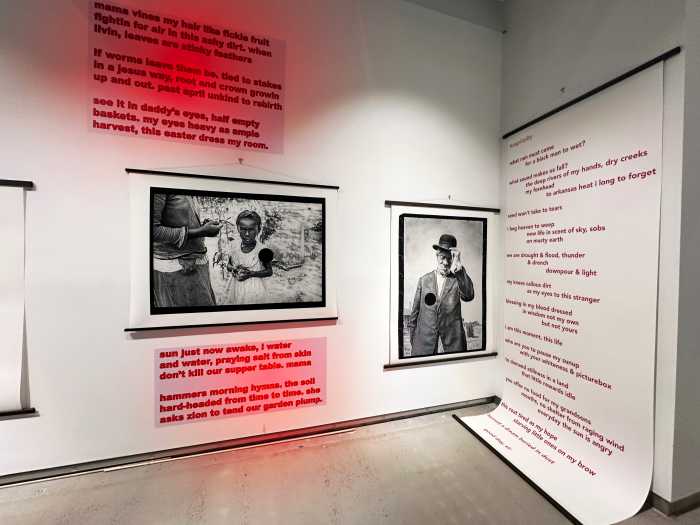The city’s Department of Transportation announced Friday that it will begin installing new bus lanes on Brooklyn’s primary thoroughfare, Flatbush Avenue, later this fall.
According to the plans, which have been in the works since 2022, the new center-running bus lanes will stretch from Livingston Street to Grand Army Plaza, cutting through Downtown Brooklyn, Prospect Heights, and North Park Slope.
DOT Commissioner Ydanis Rodriguez said the project will be completed in late 2026 and bring faster commutes and safer streets to one of Brooklyn’s busiest and most dangerous corridors.
“Today 132,000 daily bus riders are stuck waiting too long for slow buses, drivers are caught in a mess of traffic, and pedestrians are left crossing intersections clogged with vehicles,” said Commissioner Rodriguez. “These new bus lanes will speed up bus service and make the street safer for everyone.”

Flatbush Avenue is one of Brooklyn’s Vision Zero Priority Corridors, with 140 people killed or seriously injured in crashes in the last five years, according to DOT. The B41 bus, which runs nearly the entire eight-mile avenue, carried more than 4.4 million riders last year, making it one of the city’s 10 busiest routes. Nearly 60% of households along Flatbush Avenue do not own a car.
Riders along the route have long complained about the slow service and campaigned for action.
A report last year from the Riders Alliance highlighted the severe impact of chronic bus delays on Flatbush Avenue commuters. Surveying 1,800 local residents, the study revealed that 91% of respondents experienced delays, with two-thirds enduring long waits in inclement weather.
Notably, one in three riders reported being docked pay, reprimanded, or even fired due to tardiness linked to unreliable bus service.
According to the Alliance, the reason for the delays is constant traffic and double parking, which they and other advocates have long said bus lanes would fix.
The design aimed at remedying those transport woes includes six concrete boarding islands spanning 13,000 square feet, more than 14,000 square feet of new pedestrian space, 11 new loading zones, and bike parking for over 170 bicycles. Officials said the center-running lanes will help buses move faster than the current average of 4 mph during rush hour—roughly walking speed.

DOT presented its block-by-block design to Brooklyn Community Board 2 on Thursday night and said more presentations are planned to incorporate additional public feedback. Work will begin with bus lane markings and painted curb extensions this fall, then resume with concrete construction in spring 2026.
The redesign also significantly shortens crossing distances and “daylights” 13 intersections along the corridor.
Because the redesign reduces space for private vehicles, DOT officials said they expect some drivers traveling to and from Downtown Brooklyn will shift to faster, more reliable bus service. Car trips to and from Manhattan may move to alternate routes or public transit, while some local traffic could shift onto nearby corridors that the agency said it will continue to monitor and manage.
This story first appeared on Brooklyn Paper’s sister site amNewYork.

























